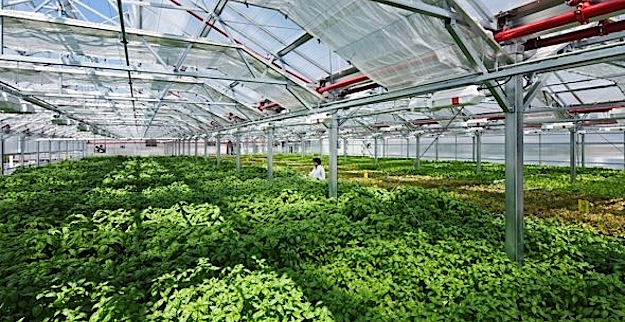I frequently receive calls from food startups who want to know the best way to protect their business from their competition. Specifically they’re concerned about theft of their recipes, intellectual property and key employees. After listening to their concerns, I then pose a question to them: what steps have you taken to protect your business from a food safety incident? More often than not there is silence on the other end of the phone. What I attempt to explain to them is that, regardless of all their other legal concerns, without a comprehensive food safety program in place their business will be worthless. Some listen, others don’t. But many of these entrepreneurs don’t realize is that, while they may think they’re in the food business, they’re actually in the food safety business.
The food industry is unlike any other. When a software company’s product is defective or a financial services company provides poor advice the worst thing that may happen is customers lose money. But unlike these industries, when a food business introduces an adulterated product into commerce consumers may become seriously ill, possibly resulting in death. Now I get many startups are “bootstrapping” their business and capital is tight, so careful decisions must be made where to spend and where to cut corners. While you may want everyone of your witty and artfully crafted slogans trademarked, if by doing so you’re foregoing having your product labels reviewed for FDA compliance or engaging a food safety professional to assist in designing and implementing good manufacturing principals, then you’re setting yourself up for failure.
If you don’t believe me, let’s take a look at a few recent examples. A licensed maple syrup producer decided to expand his business by using the apples picked from his farm to make and sell cider. This all seemed harmless until the cider was linked to an E.coli outbreak that sickened four people, including two children. The court found that the owner failed to follow good manufacturing processes and he was convicted of selling adulterated food, sentencing him to 14 to 48 months in prison.
In another incident, a woman plead no-contest to charges that she sold adulterated and misbranded food at several Michigan farmers markets. She sold various pickled products directly to consumers, which under Michigan law requires certain processes to take place during the production cycle to prevent the risk of botulism. Additionally, under federal law all food processors who make low acid and acidified foods must register their establishment. Here, the woman produced the products out of her home kitchen, not a registered facility, and she apparently didn’t even know there are laws regarding the manufacturing of food products which are intended to protect consumer health. These mistakes cost her not only $3,100 in fines and 11 months of probation, but her business.
For food startup businesses, making sure your products and food safety procedures are in compliance up front will save you countless headaches, and potentially money, down the road. If there is on piece of parting advice I can give food entrepreneurs out there it’s this: you will make many mistakes running your business, but most likely the business will continue to survive and you’ll learn from these mistakes; however, it only takes one food safety incident to destroy a business. If you don’t believe me, take a look at Blue Bell ice cream and Chipotle. Whether their businesses will survive these outbreaks or not remains unclear.



